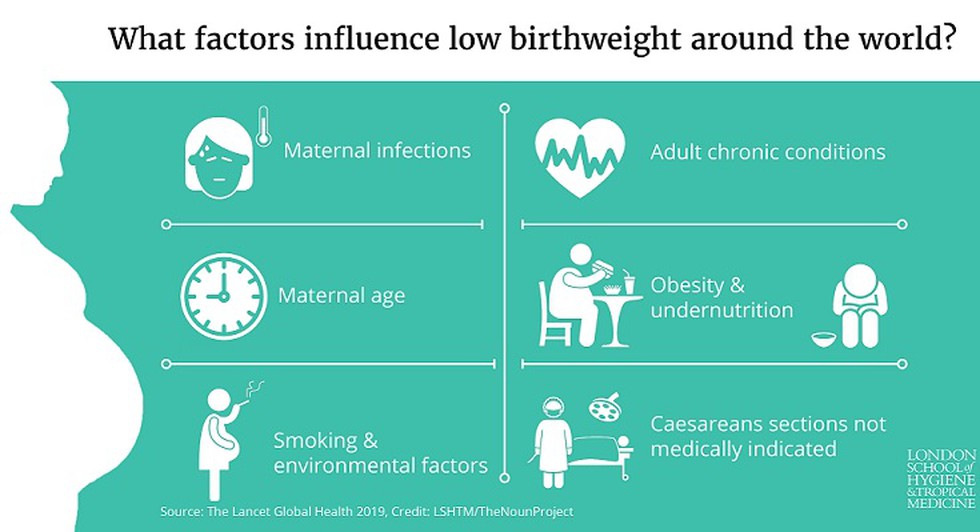Key highlights of the study:
- 1 in 7 babies worldwide are born with a low birthweight.
- Rate of decline:
- Worldwide low birthweight prevalence fell slightly from 17.5% in 2000 to 14.6% in 2015.
- At the current rate of progress the world will fall short of the WHO target of a 30% reduction in prevalence between 2012 and 2025.
- Geographical spread:
- More than 20 million babies were born with a low birthweight (less than 2500g; 5.5 pounds) with almost three-quarters born in Southern Asia and sub-Saharan Africa.
- Southern Asia still has almost half of the world’s low birthweight livebirths, with an estimated 9.8 million in 2015.
- The problem of low birthweight also remains substantial in high-income countries in Europe, North America, and Australia and New Zealand.
- Indian scenario: The researchers were unable to arrive at national estimates for India because only partial data were available. However, India has made progress in improving newborn care by building 834 newborn care units in the last decade.
- Cause:
- Low birthweight is due to being born too soon (preterm or before 37 weeks of pregnancy) or too small (growth restricted in utero) or both.
- Underlying causes include maternal age, both adolescents and older women, infections, obesity or undernutrition, smoking and environmental exposures, as well as multiple pregnancies and non-medically indicated Caesarean sections.
- Impact of low birthweight: More than 80% of the world’s 2.5 million newborns who die every year are low birthweight. Low birthweight babies who survive have a greater risk of stunting and poor development.
